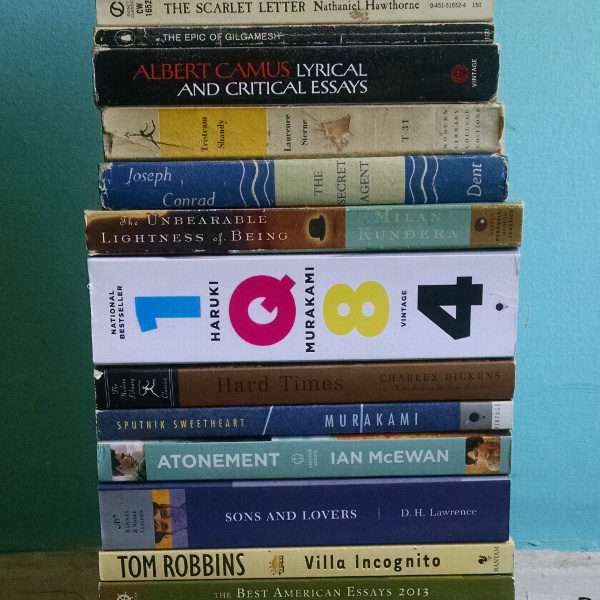A high school presidential election pits a goody two-shoes overachiever against a clueless jock and his rebellious younger sister, with one teacher viewing the race as a microcosm of who gets ahead in life and why. Election shows how much these contests seem to matter in the moment but afterwards feel trite—it explores rivalries based on jealousy, social class, love, popularity, and the glory of the spotlight. The novel’s rapid switches between narrators (often in mid-scene) are among the most effective I’ve ever read, and keep the novel constantly moving. Read this even if you’ve seen the movie.
Rating















